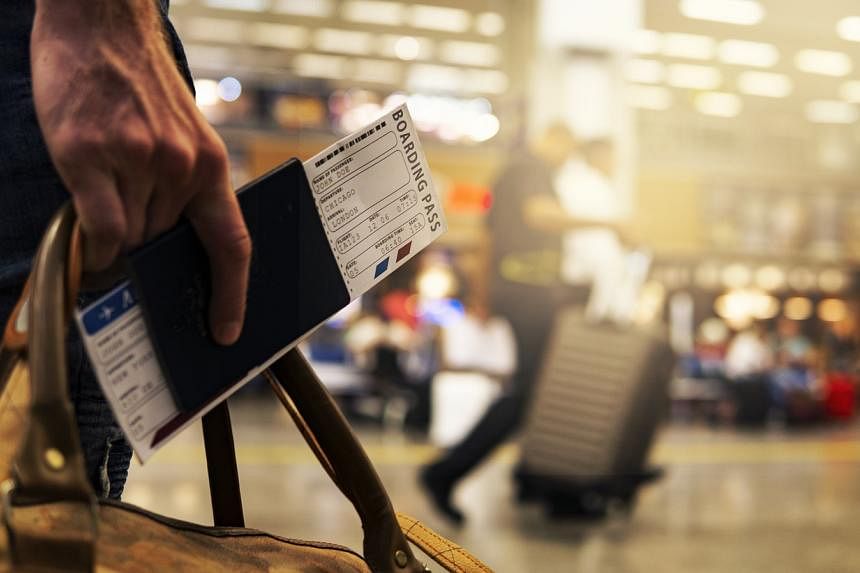As the United States holiday travel season picks up, many people are noticing that their frequent flier benefits are not going as far as they used to.
In September 2023, Delta Air Lines revamped its frequent flier programme to make it tougher to earn status – a tiered system offering travel privileges based on the reward points earned – only to partially reverse course a month later and make it easier. American Airlines also made big changes to its loyalty scheme in 2022 and minor changes in spring 2023. And British Airways recently announced that it is adjusting the way it awards points for travel.
Many people think flying is a miserable experience, and having status sometimes makes flights better. So it is only fair that frequent fliers are asking why it is seemingly harder to obtain such status.
A multibillion-dollar business
One big idea to understand is that airlines do not earn very much money, if any at all, from ticket sales. This is mainly due to the highly competitive and capital-intensive structure of the airline industry, which often leads to reduced profit margins. Instead, they make their profits from bag fees, ticket change fees and – importantly – frequent flier programmes.
On many airlines, there are two ways to earn status. One is to fly a lot. But that means spending time in crowded airports. The other way is to spend a lot of money using a rewards credit card.
Frequent flier programmes, coupled with rewards credit cards, are very profitable for airlines. For example, Delta’s latest annual report shows that the company earned US$5.7 billion (S$7.64 billion) from selling credit card kilometres in 2022. Given Delta made only US$3.6 billion in profits, this frequent flier programme clearly boosts the bottom line.
Designing the optimal rewards programme
Many types of businesses, not just airlines, offer rewards programmes. From a company’s perspective, a well-designed loyalty programme should cost little or nothing, give customers great value, and prevent them from using a competitor.
Frequent flier programmes fit this bill: Giving some passengers the ability to board early or access to a lounge costs airlines almost nothing, but many customers desire it. Plus, the chase for status or free flights locks people into using only one airline.
Much of the appeal of status programmes comes from their exclusivity. This leaves airlines with a problem: where to set the bar. A low bar means nearly everyone gains status. But customers get no value being allowed to board first if almost everyone on the plane can also do it, and airport lounges are not a haven when travellers cannot find empty seats. At the same time, setting the bar too high results in empty lounges and unhappy customers.
Striking the right balance is tough, since the number of fliers is constantly changing due to economic conditions. When the economy is doing well, people want to travel. This gives airlines an incentive to tighten frequent flier rules. When the economy is doing poorly, people stay home and airlines relax their rules.
For example, at the height of the Covid-19 pandemic, few people flew, so airlines made it easy to earn or keep status. Today, with the economy doing better and flying back to pre-pandemic levels, airlines are making it much tougher.
Many airlines are switching from a frequent flier status model based on kilometres travelled to one based on dollars spent. This move aligns with the main design principle of these programmes: The benefits a company gives to customers must mirror the value it gets from them.
Who pays for all those rewards?
Rewards programmes are very profitable for airlines and their credit card partners. But for cardholders, the value proposition is less clear. These cards promise “free” rewards, but do not actually deliver anything for free.
First, rewards cards often come with an annual fee. Fees typically range from around US$100 per year for a simple airlines reward card to US$600 for a card that gives lounge access. Second, since many people do not pay off their credit card balance each month, these card companies make billions of dollars charging people interest.
Credit card companies also charge merchants roughly 2.5 per cent every time a customer swipes a reward card – what is known as the interchange fee. The more generous the card, the higher the fee merchants have to pay. In general, when sellers encounter many consumers using reward cards, they raise prices to offset the additional cost.
What do all these fees mean for the typical flier? People who pay off their reward card balances in full every month get roughly back the extra amount they pay in fees and charges. People who do not pay off their balances, or who use debit cards or cash, pay more so that reward cardholders get “free” travel. The result is that poorer and less financially savvy people end up subsidising the flights of richer people.

